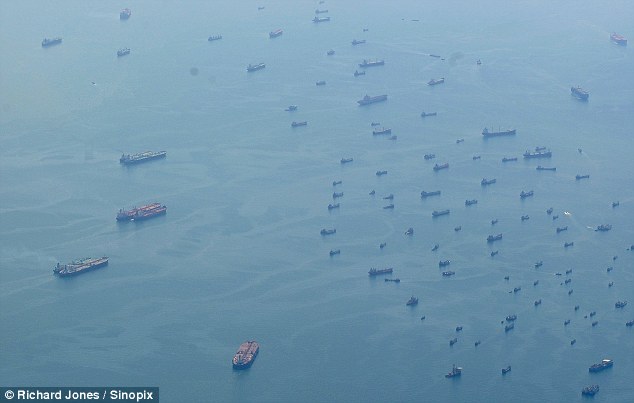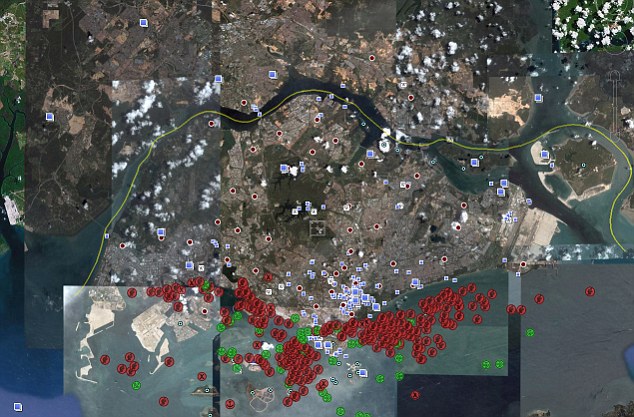<TABLE id=msgUN border=0 cellSpacing=3 cellPadding=0 width="100%"><TBODY><TR><TD id=msgUNsubj vAlign=top>
 Coffeeshop Chit Chat - MPA: who says ships are stuck in SG?</TD><TD id=msgunetc noWrap align=right>
Coffeeshop Chit Chat - MPA: who says ships are stuck in SG?</TD><TD id=msgunetc noWrap align=right>
 Subscribe </TD></TR></TBODY></TABLE><TABLE class=msgtable cellSpacing=0 cellPadding=0 width="96%"><TBODY><TR><TD class=msg vAlign=top><TABLE border=0 cellSpacing=0 cellPadding=0 width="100%"><TBODY><TR class=msghead><TD class=msgbfr1 width="1%"> </TD><TD><TABLE border=0 cellSpacing=0 cellPadding=0><TBODY><TR class=msghead><TD class=msgF width="1%" noWrap align=right>From: </TD><TD class=msgFname width="68%" noWrap>CPL (kojakbt22) <NOBR>
Subscribe </TD></TR></TBODY></TABLE><TABLE class=msgtable cellSpacing=0 cellPadding=0 width="96%"><TBODY><TR><TD class=msg vAlign=top><TABLE border=0 cellSpacing=0 cellPadding=0 width="100%"><TBODY><TR class=msghead><TD class=msgbfr1 width="1%"> </TD><TD><TABLE border=0 cellSpacing=0 cellPadding=0><TBODY><TR class=msghead><TD class=msgF width="1%" noWrap align=right>From: </TD><TD class=msgFname width="68%" noWrap>CPL (kojakbt22) <NOBR>

 </NOBR> </TD><TD class=msgDate width="30%" noWrap align=right>8:19 am </TD></TR><TR class=msghead><TD class=msgT height=20 width="1%" noWrap align=right>To: </TD><TD class=msgTname width="68%" noWrap>ALL <NOBR></NOBR></TD><TD class=msgNum noWrap align=right> (1 of 14) </TD></TR></TBODY></TABLE></TD></TR><TR><TD class=msgleft rowSpan=4 width="1%"> </TD><TD class=wintiny noWrap align=right>23271.1 </TD></TR><TR><TD height=8></TD></TR><TR><TD class=msgtxt>We're ship-shape
</NOBR> </TD><TD class=msgDate width="30%" noWrap align=right>8:19 am </TD></TR><TR class=msghead><TD class=msgT height=20 width="1%" noWrap align=right>To: </TD><TD class=msgTname width="68%" noWrap>ALL <NOBR></NOBR></TD><TD class=msgNum noWrap align=right> (1 of 14) </TD></TR></TBODY></TABLE></TD></TR><TR><TD class=msgleft rowSpan=4 width="1%"> </TD><TD class=wintiny noWrap align=right>23271.1 </TD></TR><TR><TD height=8></TD></TR><TR><TD class=msgtxt>We're ship-shape
The Maritime and Port Authority of Singapore (MPA) has refuted several international newspaper reports that there are ships laid up within Singapore waters.
When MPA's port master, Captain Lee Cheng Wee, recently gave The Sunday Times a tour of the waters, there were at least 100 ships at anchor.
Capt Lee dismissed talk of over-congestion, which carries the attendant risk of accidents.
There are about 400 to 500 ships that use the anchorage daily, MPA has said.
Ship owners interviewed said they would like to keep their vessels in the safety of local waters, but MPA's port dues are a disincentive to laying up ships here.
After more than 10 days, or 240 hours, charges per gross tonnage rise from $3 to $4 a day for the next 10 days. For a container ship of 50,000 gross tonnes, this can mean an additional $50,000 in cost each day.
Singapore is the world's busiest port, with all types of ships calling for cargo, bunker fuel and ship repairs and supplies.
'If ships have no activity here in the port, there is no reason they should be staying longer than necessary,' Capt Lee said.
MPA started tracking ships that have been staying longer than usual last November after the crisis began. It said about 70 ships have been staying more than 10 days each month - the number of days ships usually need to perform their routine port activities.
But while more ships are staying longer in Singapore waters, accident rates have not been substantially higher, Capt Lee said.
[email protected]
</TD></TR><TR><TD> </TD></TR></TBODY></TABLE></TD></TR></TBODY></TABLE>
The Maritime and Port Authority of Singapore (MPA) has refuted several international newspaper reports that there are ships laid up within Singapore waters.
When MPA's port master, Captain Lee Cheng Wee, recently gave The Sunday Times a tour of the waters, there were at least 100 ships at anchor.
Capt Lee dismissed talk of over-congestion, which carries the attendant risk of accidents.
There are about 400 to 500 ships that use the anchorage daily, MPA has said.
Ship owners interviewed said they would like to keep their vessels in the safety of local waters, but MPA's port dues are a disincentive to laying up ships here.
After more than 10 days, or 240 hours, charges per gross tonnage rise from $3 to $4 a day for the next 10 days. For a container ship of 50,000 gross tonnes, this can mean an additional $50,000 in cost each day.
Singapore is the world's busiest port, with all types of ships calling for cargo, bunker fuel and ship repairs and supplies.
'If ships have no activity here in the port, there is no reason they should be staying longer than necessary,' Capt Lee said.
MPA started tracking ships that have been staying longer than usual last November after the crisis began. It said about 70 ships have been staying more than 10 days each month - the number of days ships usually need to perform their routine port activities.
But while more ships are staying longer in Singapore waters, accident rates have not been substantially higher, Capt Lee said.
[email protected]
</TD></TR><TR><TD> </TD></TR></TBODY></TABLE></TD></TR></TBODY></TABLE>



